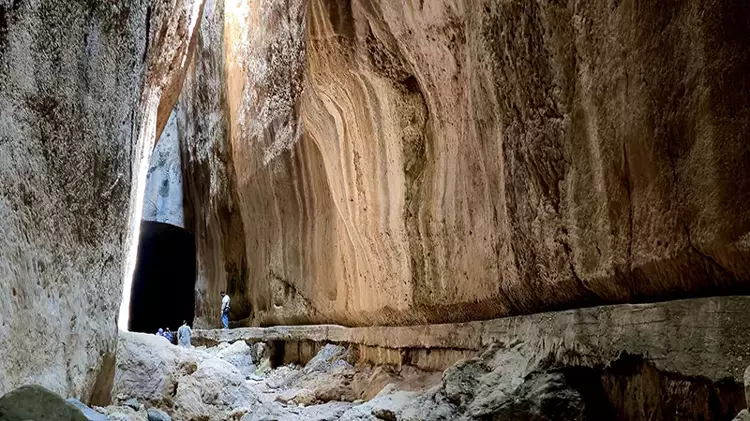
A Roman Marvel Carved by Hundreds of Slaves: The Titus Tunnel and Beşikli Cave
In the coastal cliffs of Samandağ in southern Türkiye, a monumental trace of Roman power still cuts through the heart of the mountain. Known as the Titus Tunnel, this massive hand-carved channel stands as both a triumph of Roman engineering and a silent testimony to the thousands of slaves and prisoners who shaped it nearly two thousand years ago.
A Battle Between Empire and Nature
Commissioned by Emperor Vespasian around A.D. 69 and continued under his son Titus, the tunnel was built to protect the ancient port city of Seleukeia Pieria—then a key outpost of Antioch—from devastating floods and sediment carried by mountain streams.
Entirely excavated by human hands, the structure measures about 1,380 meters in length, 7 meters in height, and 6 meters in width.
Its purpose was to divert stormwater through the mountain and release it safely to the sea, preventing the harbor from silting up.
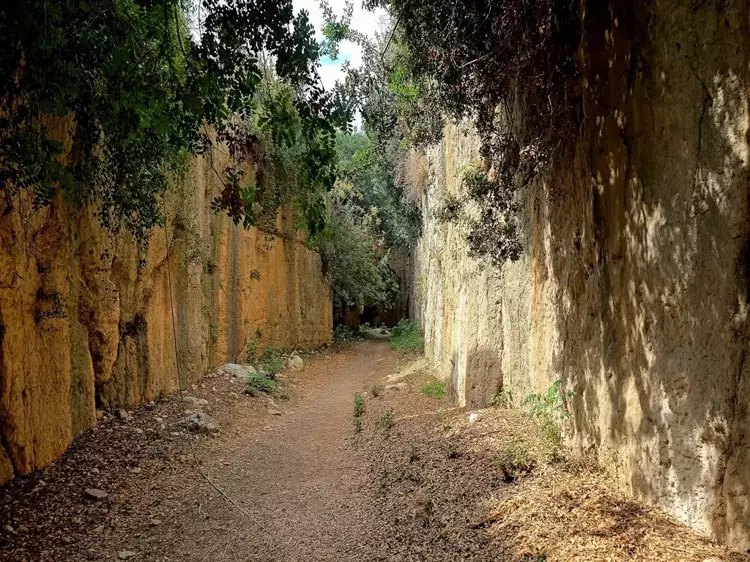
Inscriptions bearing the names Vespasianus, Titus, and Antoninus Pius found near the entrances indicate that construction spanned multiple generations.
Archaeologists note that the walls still bear chisel marks, the lasting fingerprints of enslaved laborers and Roman soldiers who worked side by side under the imperial command.
📣 Our WhatsApp channel is now LIVE! Stay up-to-date with the latest news and updates, just click here to follow us on WhatsApp and never miss a thing!!
Recognized for its historical and architectural value, the Titus Tunnel was added to UNESCO’s Tentative World Heritage List in 2014, a fitting acknowledgment of its endurance as one of antiquity’s largest man-made tunnels and an unparalleled feat of hydraulic design.
Beşikli Cave: The Architecture of Death
Just 100 meters from the sea-facing exit of the tunnel lies Beşikli Cave, a vast Roman-era necropolis carved directly into the rock.
Consisting of twelve interconnected burial chambers, the cave features arches, columns, and stairways connecting multiple levels—each space carefully hewn for the dead of an elite Roman family.
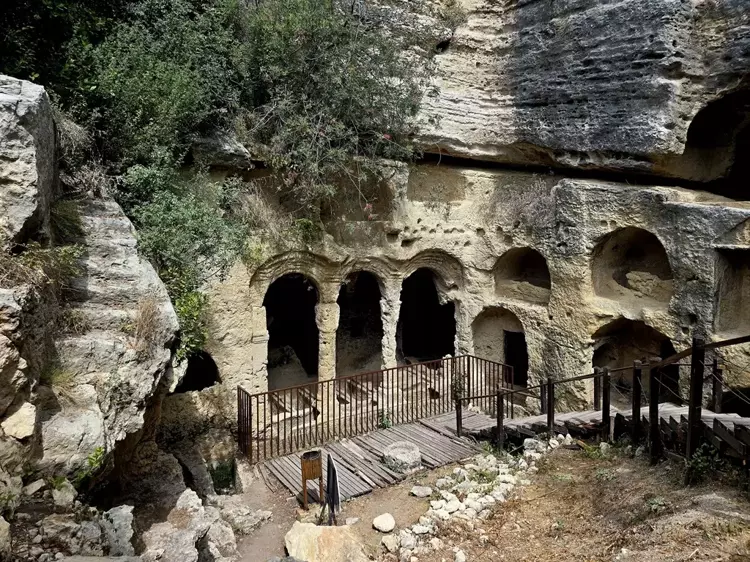
Archaeological studies suggest that Beşikli Cave remained in use well into the Early Christian period, bridging pagan funerary traditions with emerging Christian symbolism.
Its cradle-shaped tomb beds, decorated column capitals, and stone-carved motifs reveal how Roman aesthetics merged with local Anatolian craftsmanship, forming one of the region’s most remarkable funerary complexes.
Where Water, Stone, and Memory Intersect
Together, the Titus Tunnel and Beşikli Cave embody Rome’s two obsessions: controlling nature and defying time.
One is a mountain carved to master the flow of water; the other, a sanctuary carved to preserve the flow of memory.
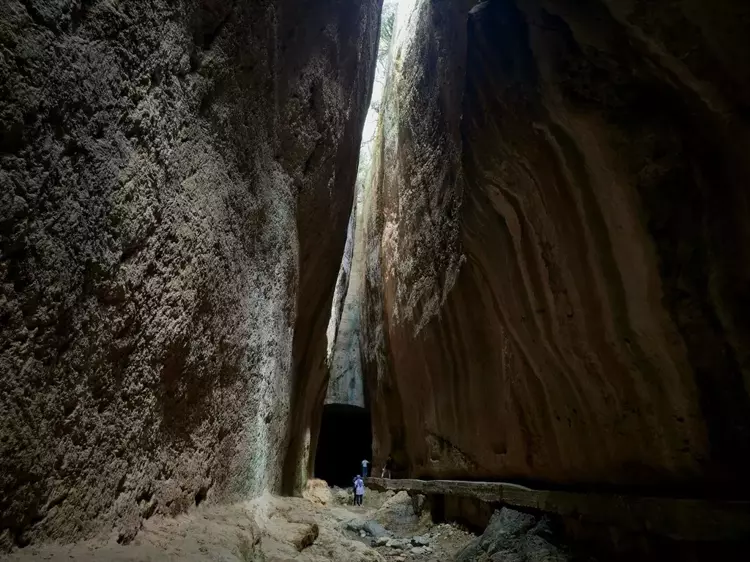
Today, tens of thousands of visitors walk through the same stone corridors once cut by imperial command—witnessing a landscape where engineering, faith, and forced labor shaped a legacy that refuses to erode.
You may also like
- A 1700-year-old statue of Pan unearthed during the excavations at Polyeuktos in İstanbul
- The granary was found in the ancient city of Sebaste, founded by the first Roman emperor Augustus
- Donalar Kale Kapı Rock Tomb or Donalar Rock Tomb
- Theater emerges as works continue in ancient city of Perinthos
- Urartian King Argishti’s bronze shield revealed the name of an unknown country
- The religious center of Lycia, the ancient city of Letoon
- Who were the Luwians?
- A new study brings a fresh perspective on the Anatolian origin of the Indo-European languages
- Perhaps the oldest thermal treatment center in the world, which has been in continuous use for 2000 years -Basilica Therma Roman Bath or King’s Daughter-
- The largest synagogue of the ancient world, located in the ancient city of Sardis, is being restored

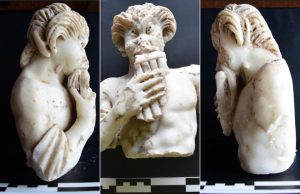
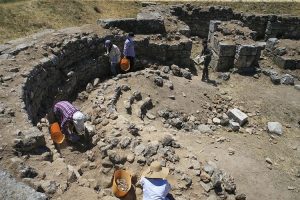
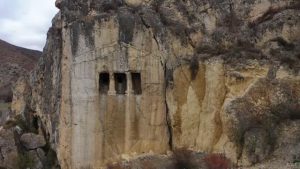
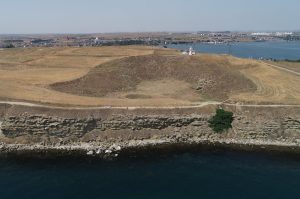
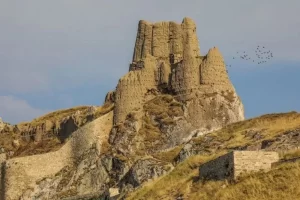
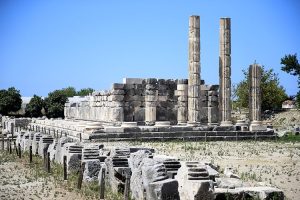


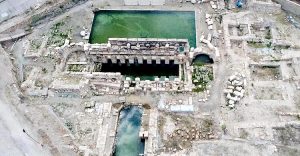
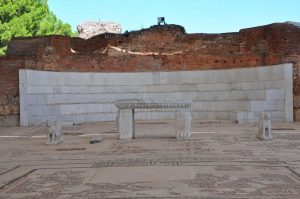
Leave a Reply